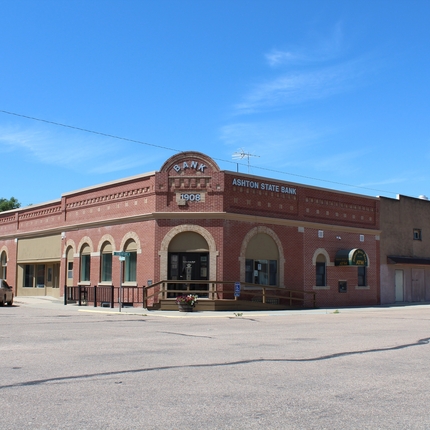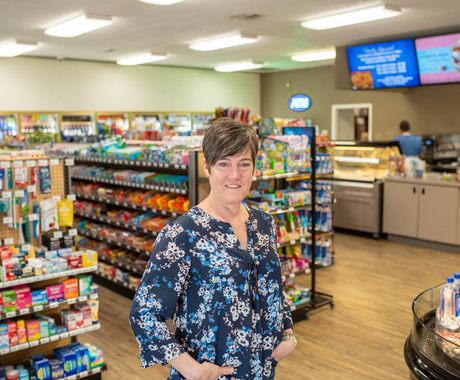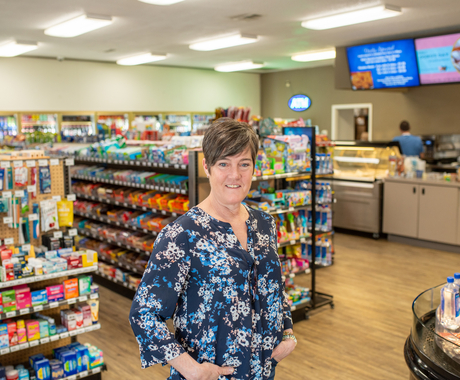Countdown time! With less than one week remaining in 2018, a recap is in order. So, here's a review of the five best Center stories of the year, chosen by the most views on our website.
Number five features a piece authored by Executive Director Brian Depew. He takes a look at banking in rural communities and talks about our lending work at the Center.
From the desk of the executive director: Where have all the bankers gone?
The Center for Rural Affairs first examined consolidation in the banking industry in a 1978 report, “Where Have All the Bankers Gone?”. We have long understood the critical link between credit, who has access, who doesn’t, and how it shapes communities.
That’s why a recent report in the Wall Street Journal caught my eye. It detailed how banking in rural communities has fared in the years since the financial crisis.
The report found that small business lending in rural areas has dropped by half since 2004. Loans now account for less than 10 percent of total small business lending, according to the analysis.
There was a correlation between the closure of local banks and a declining rate of new business startups two years later.
The challenge is compounded by the closure of many rural bank branches. Larger banks often buy smaller banks, then close branches in more rural markets. There are now 625 rural counties in the country without a community bank. There are 37 counties without a single bank, and 115 counties served by just one bank.
The report told the story of one small business owner who now drives 19 miles each afternoon to make deposits and get cash.
When we lose access to credit, we risk losing control of our future.
This is why we are leaning into our lending work at the Center. Since 2011, our lending activity has grown 130 percent. We are working to develop strategies that will help us expand the scale and reach of our small business lending.
Access to credit is fundamental for the whole community. Few among us have started a business or bought a house without a loan. Schools, child care centers, and community infrastructure all rely on credit.
There are bright spots. In many areas, community banks and credit unions still thrive. Large banks, often due to the requirements of the federal Community Reinvestment Act, make low interest investments in Community Development Financial Institutions (CDFIs).
The Center now has a subsidiary CDFI. One large bank invested $500,000 in our lending efforts. Other banks may do the same.
You can take action, too. What credit gaps exist in your community? What local response might be possible? Individual communities are setting up revolving loan funds to invest in local businesses, housing, and new value-added agricultural enterprises.
A network of community banks, credit unions, and nonprofit lenders can knit a new fabric of local banking. Doing so will take our active involvement. Our success will help us control our future.





